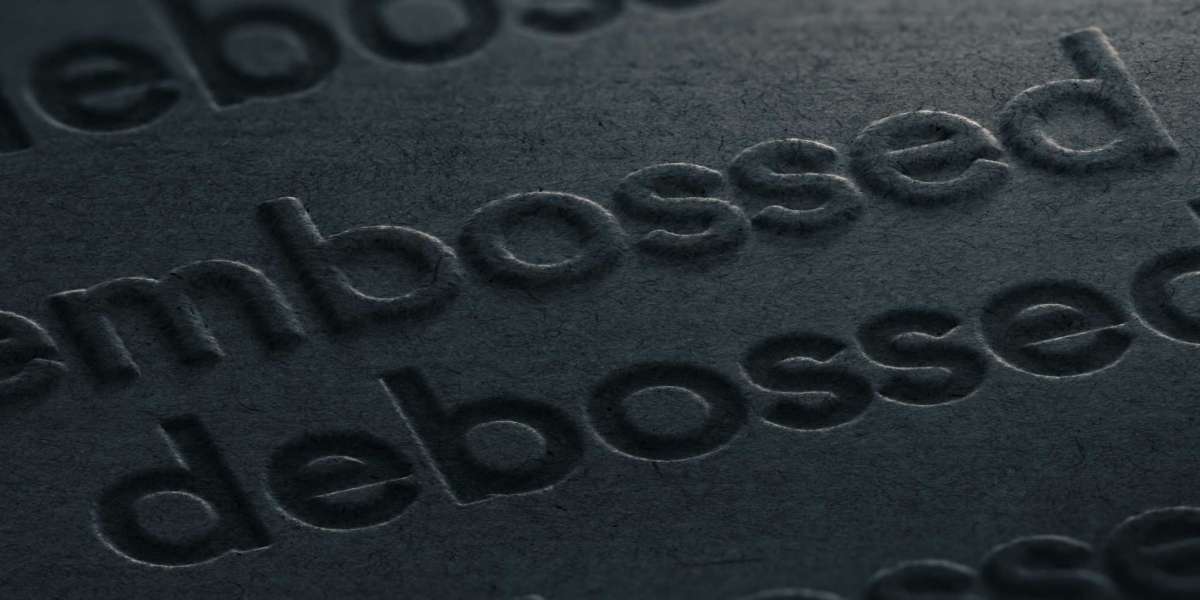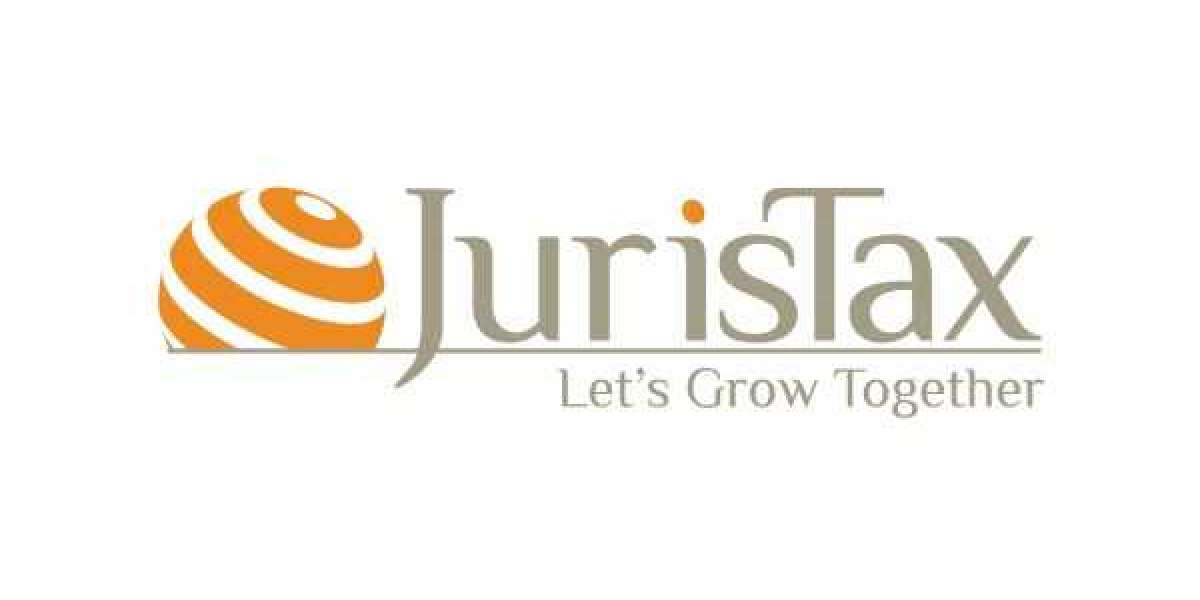Understanding the Difference Between Embossing and Debossing
When it comes to enhancing the visual and tactile appeal of printed materials, embossing and debossing are two widely used techniques. Both methods create raised or recessed impressions on paper, leather, or other materials, adding depth and sophistication to designs. However, each technique offers distinct aesthetics and functional benefits that cater to different branding and printing needs.
What is Embossing?
Embossing is a printing process that creates a raised effect on a surface, embossing vs debossing how it is utilized in printing and packaging. The process involves pressing a die into the material from underneath, which pushes the material upward. This technique is often combined with foil stamping or ink printing to enhance the design.
Key Characteristics of Embossing:
Raised effect that adds dimension and texture
Works well with foil stamping for added visual impact
Enhances branding and premium aesthetics
Can be subtle or dramatic, depending on the depth and material used
Commonly used on business cards, invitations, and packaging
What is Debossing?
Debossing, on the other hand, creates a depressed effect on the surface by pressing the material inward. This technique is often used to create a more understated yet sophisticated look, commonly found on leather goods and book covers.
Key Characteristics of Debossing:
An indented effect that gives a sleek and professional appearance
Best suited for leather, paper, and thick materials
Often used with foil stamping for a premium finish
Can be either blind (without ink) or combined with color
Popular for luxury branding, book covers, and corporate stationery
Comparing Embossing vs. Debossing
1. Aesthetic Appeal
Embossing gives a more pronounced and eye-catching look.
Debossing provides a subtle, elegant, and refined feel.
2. Material Suitability
Embossing works well with paper, cardstock, and certain plastics.
Debossing is ideal for leather, thicker materials, and high-end branding.
3. Customization Options
Embossing can be combined with metallic foils, inks, or UV coatings for a striking appearance.
Debossing is often used with heat pressing or stamping for a high-end finish.
4. Cost Considerations
Embossing is generally more expensive due to the higher material thickness required.
Debossing can be cost-effective as it requires less material modification.
5. Durability and Longevity
Embossed designs are more prone to wear since the raised areas can experience friction.
Debossed designs tend to last longer, as they are pressed into the material and are less exposed to damage. more
Choosing the Right Technique for Your Project
When deciding between embossing and debossing, consider the following factors:
1. Brand Identity
If you want to project luxury and high-end appeal, debossing on leather or premium paper is an excellent choice.
For a bold and striking effect, embossing with foil stamping is a better option.
2. Material Selection
Embossing works well with rigid materials like cardstock and plastics.
Debossing is ideal for flexible and thicker materials such as leather, suede, or premium stationery.
3. Budget Constraints
Embossing is costlier due to the requirement of thicker materials and custom dies.
Debossing is a cost-effective alternative when working with luxury materials.
4. Desired Visual Impact
Embossed designs are noticeable and tactile, making them ideal for business cards and promotional items.
Debossed designs exude elegance, making them perfect for notebooks, diaries, and high-end packaging.
Applications of Embossing and Debossing
Where to Use Embossing:
Luxury business cards with raised logos
Letterheads and corporate branding materials
Wedding invitations and event stationery
Gift wrapping and high-end packaging
Where to Use Debossing:
Leather-bound books and journals
Premium product packaging and branding
Luxury tags and labels for fashion brands
High-end promotional materials
Conclusion: Making the Right Choice
Both embossing and debossing serve as exceptional branding and design techniques that elevate the perceived value of products and marketing materials from our website custom design boxes. The right choice depends on your brand identity, material preferences, and budget. Embossing offers a bold and eye-catching appeal, while debossing provides a subtle yet luxurious finish. Carefully evaluating your project needs will help you determine the ideal technique to create a lasting impression.






